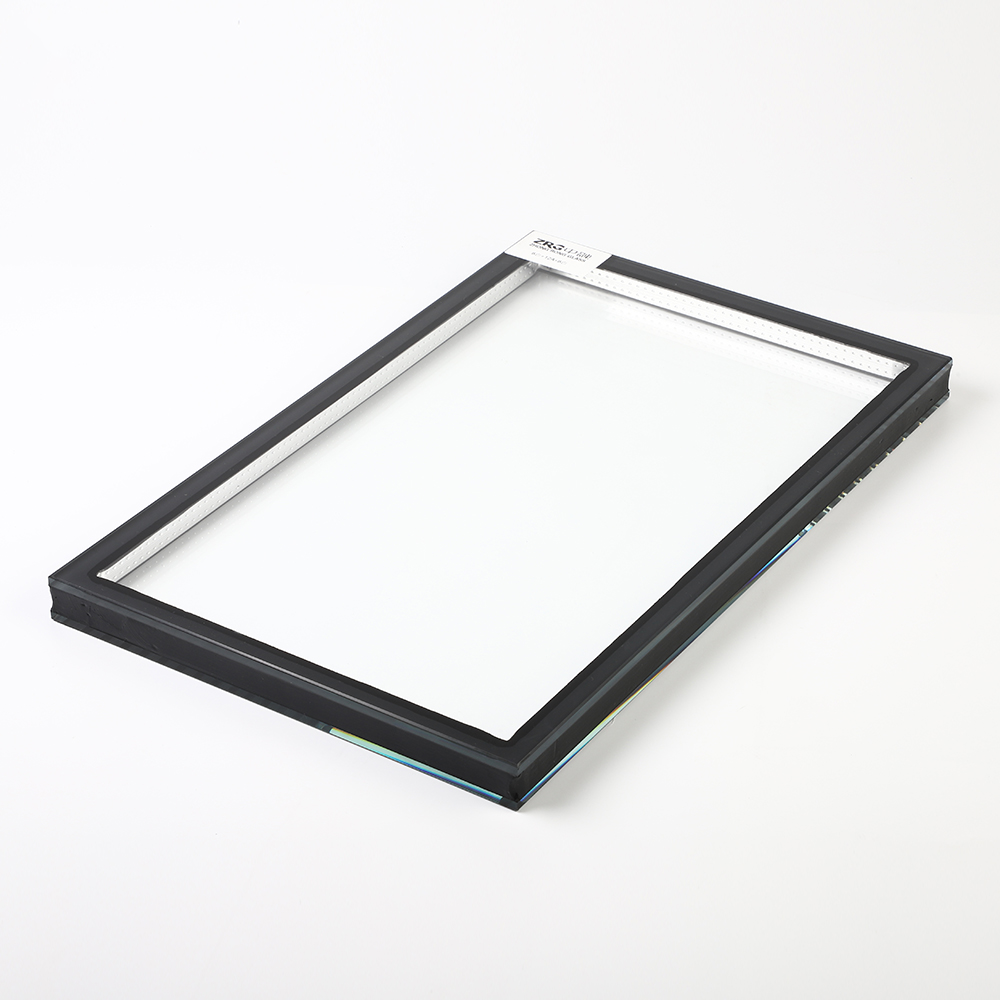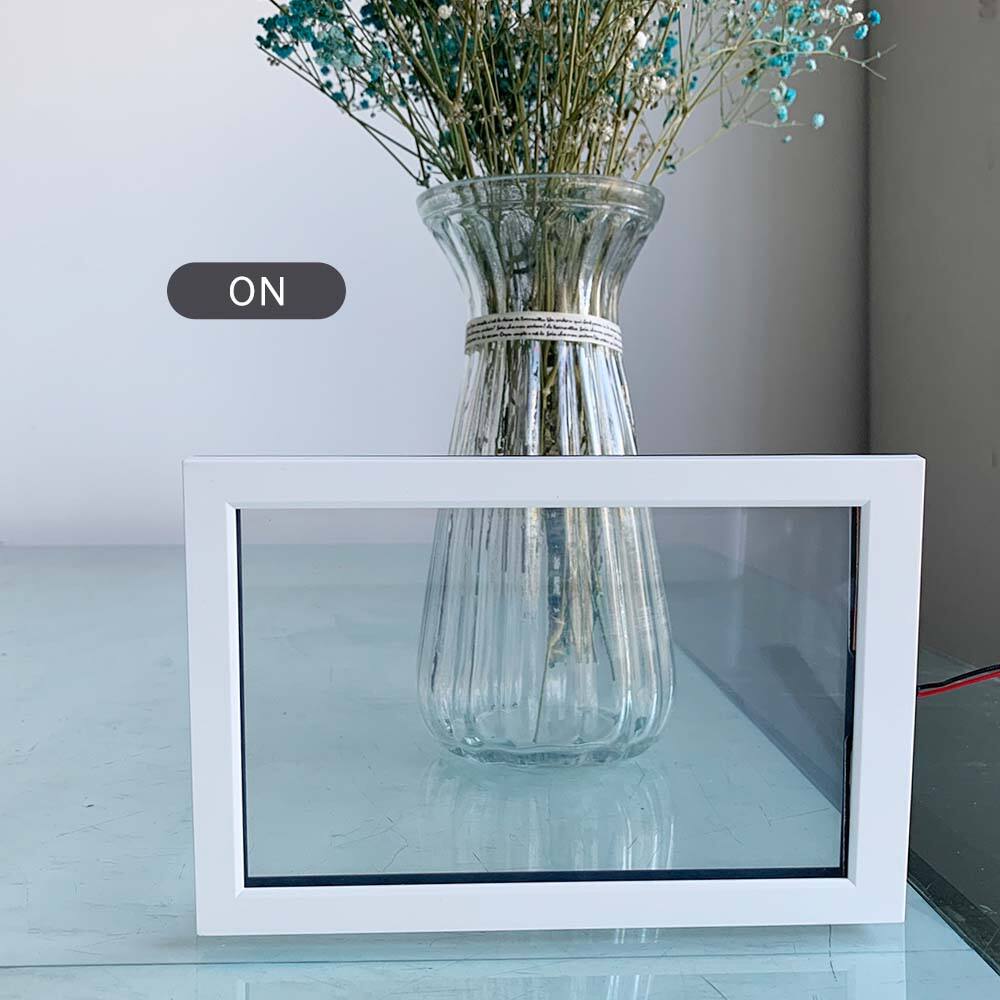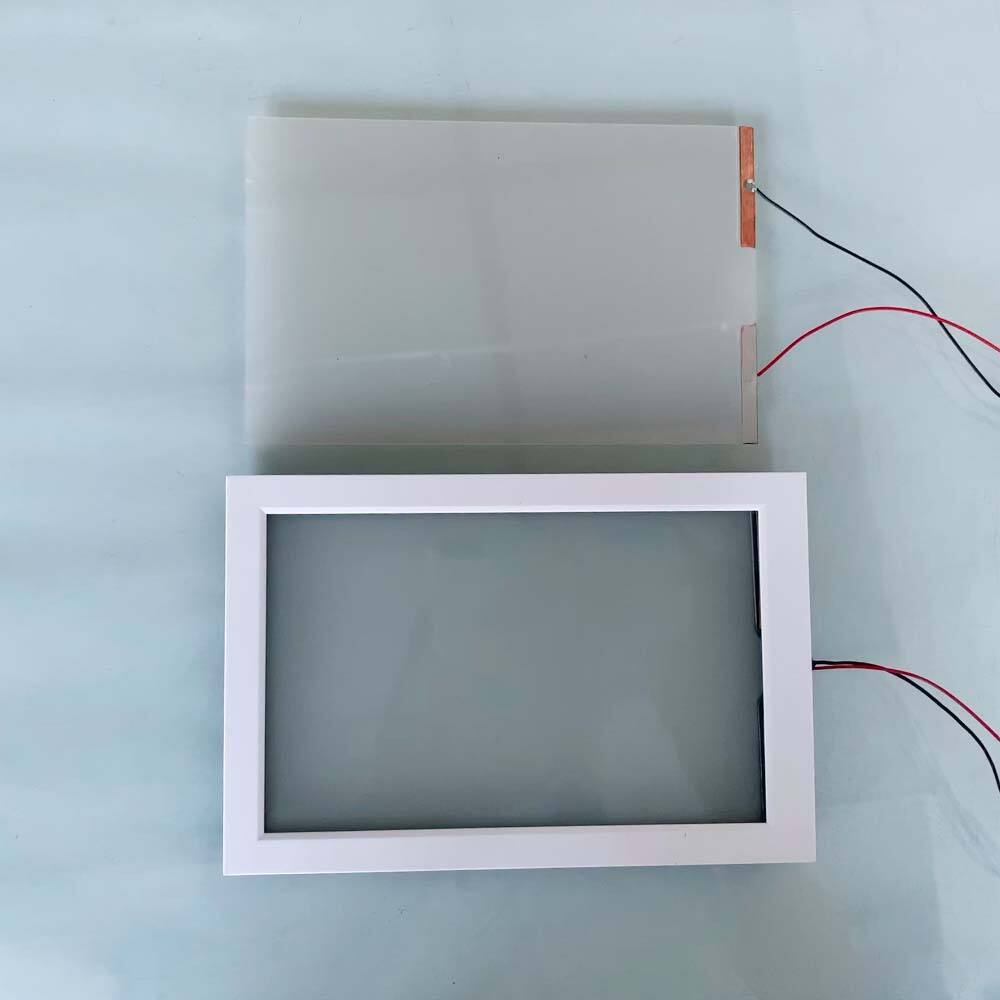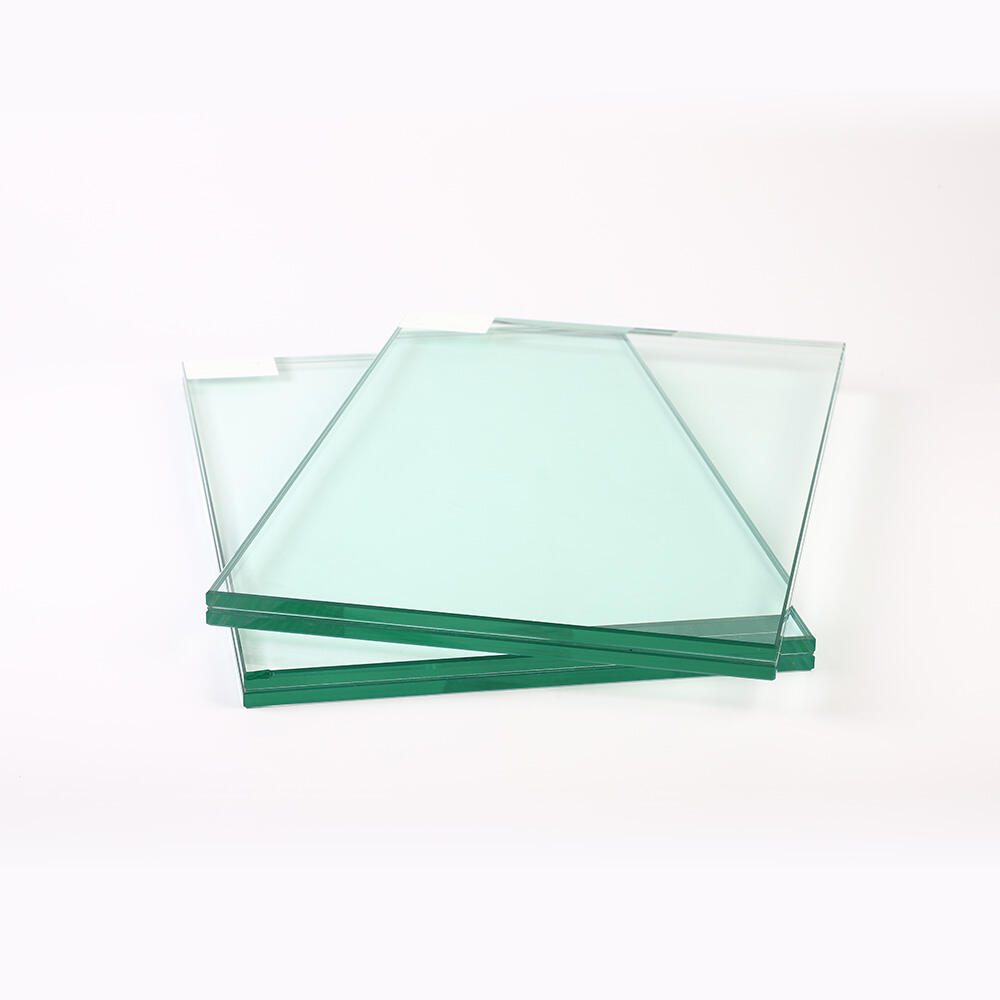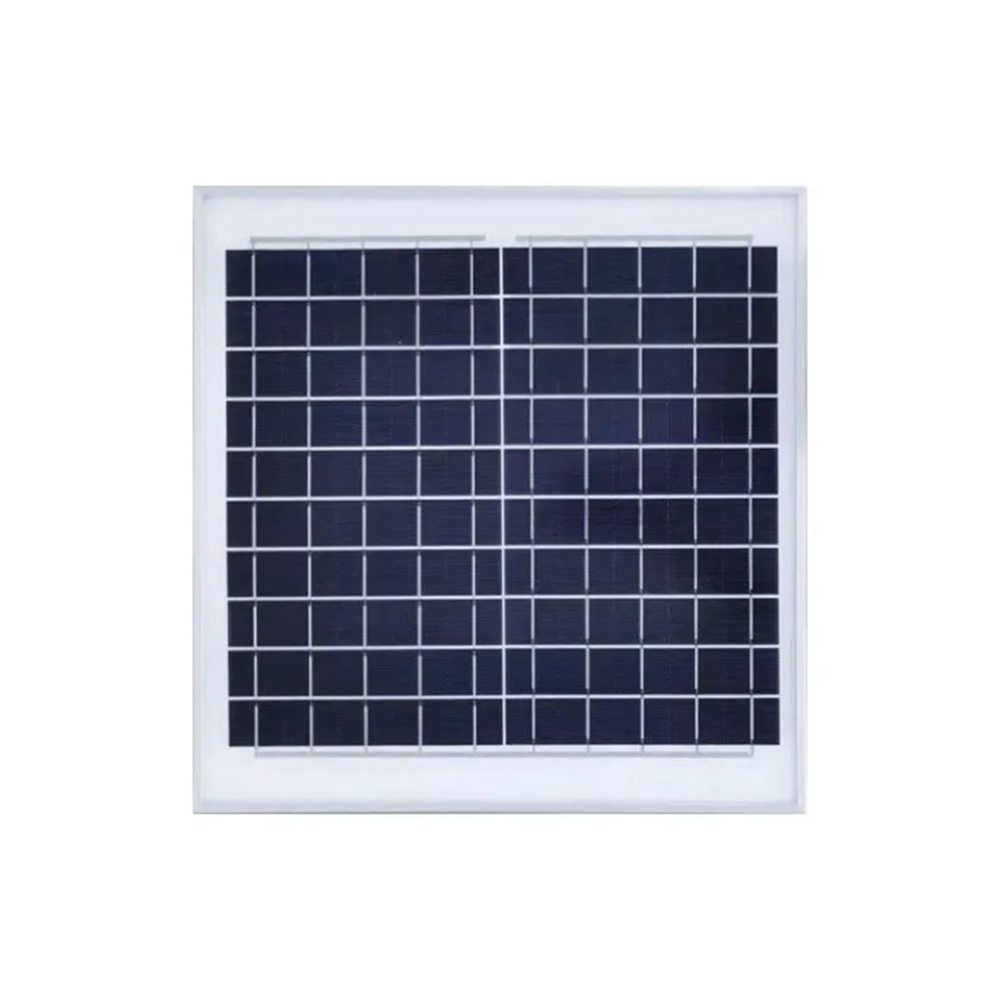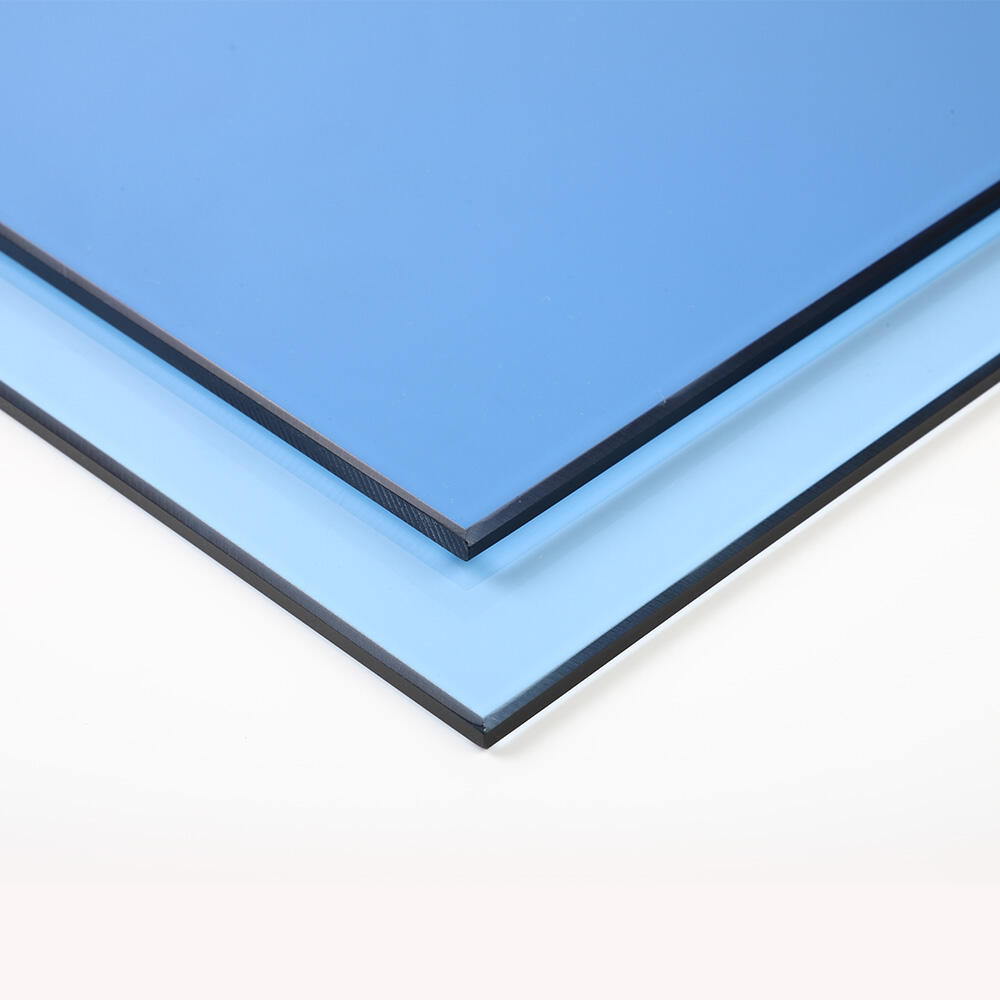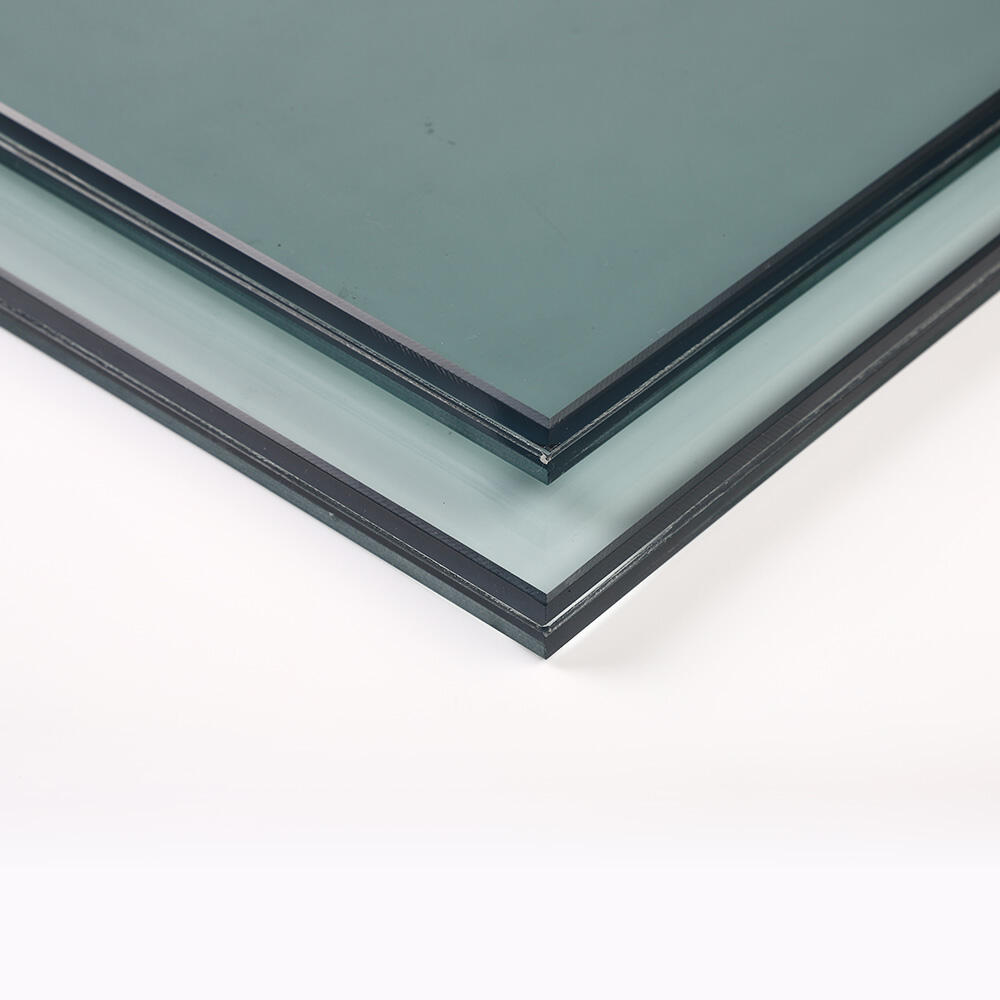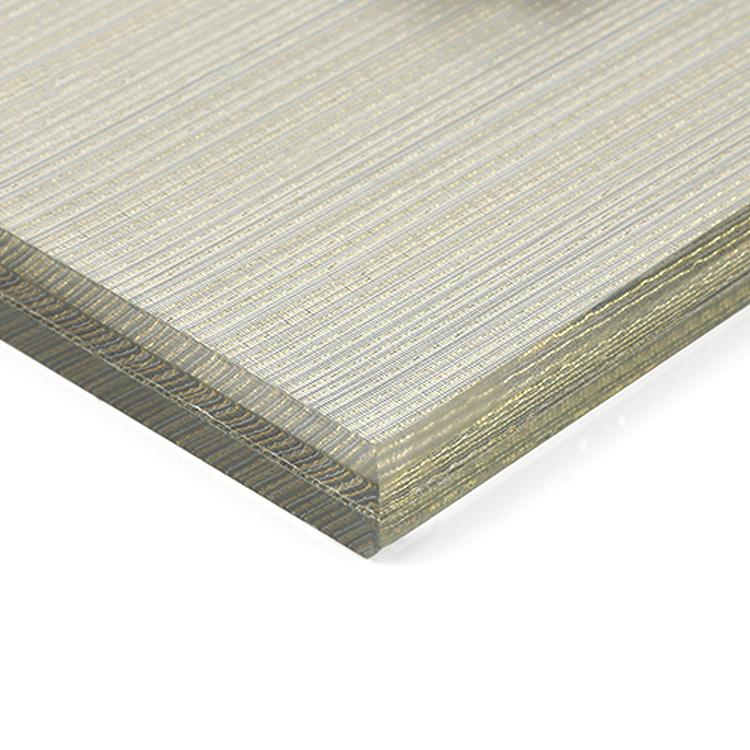Understanding the Benefits of Low-E Glass in Sustainable Building
Understanding Low-E Glass in Sustainable Building
Low E glass, sometimes called low emissivity glass, has become a go to solution for better building insulation and temperature control. What makes it work so well is the thin metallic coating applied during manufacturing that actually bounces back infrared light. In winter months this keeps warmth trapped inside structures while during hot weather it helps push heat away from interior spaces. The result? More comfortable indoor environments without having to crank up HVAC systems all the time. Energy bills drop significantly because buildings aren't working as hard to maintain desired temperatures. These benefits explain why architects and builders are increasingly specifying Low E glass for new construction projects across the green building movement.
Low E glass plays a really important role in making buildings more sustainable these days. Buildings themselves are responsible for around 40% of all energy consumption worldwide, so finding ways to cut down on that makes good sense. Low E glass works by improving thermal performance, which means less heating and cooling needed throughout the year. This not only helps hit those tough new environmental targets but also saves money on utility bills over time. We're seeing more architects specify Low E glass in their projects because it ticks multiple boxes at once. For property developers looking to get LEED certification or simply wanting to future proof their investments against rising energy prices, incorporating Low E glass into designs has become almost standard practice across many parts of the construction industry.
Benefits of Low-E Glass in Energy Efficiency
Low E glass provides better thermal insulation and cuts down on heat moving through building walls. The stuff keeps spaces warmer when it's cold outside and stays cooler when temperatures rise, which means air conditioning and heating systems don't have to work so hard all the time. Some research shows that structures with Low E glass actually save quite a bit of energy over time. This makes sense since the glass really does help maintain comfortable temperatures inside regardless of what's happening outside during different parts of the year.
Low E glass works like a shield against those damaging UV rays from sunlight, stopping around 99 percent of them from getting through. This really matters when it comes to keeping our homes looking good inside because without this protection, all those lovely fabrics and materials just fade away after years of sun exposure. What makes Low E glass so great is that it helps maintain beautiful interiors for much longer while at the same time protecting people who live there from too much UV radiation exposure.
Buildings that have Low-E glass installed typically see big drops in their energy bills. Studies show some buildings save around 30% on energy costs compared to ones with regular windows. The reason? Low-E glass works by cutting down on the need for heating during winter and cooling during summer, which means less energy gets used overall. For this reason, many property owners find Low-E glass to be an affordable way to manage energy usage. Whether it's a home or business looking to cut costs and improve efficiency, installing Low-E glass makes good sense from both a financial and environmental standpoint.
Daylight Harvesting with Low-E Glass
Low-E glass helps buildings make the most of daylight, which is really important for creating well-lit interior spaces without relying so much on electric lights. The special coating on this glass lets plenty of sunlight through but keeps most of the heat outside. What makes it work so well is that offices and homes stay brightly lit throughout the day, yet don't turn into ovens during summer months. People actually notice better visibility and feel more comfortable in these spaces because they aren't staring at harsh fluorescent bulbs all day long. Plus, there's less demand on air conditioning systems since the heat stays out. Architects are increasingly specifying Low-E glass in new construction projects as part of their commitment to green building practices and lower energy bills for property owners.
Adding more natural light inside buildings using Low-E glass makes a real difference to how comfortable people feel and their overall well-being. Studies indicate that when there's plenty of daylight coming in, workers tend to be more productive and generally happier than under those harsh fluorescent lights we all hate. The thing is, these bright overhead fixtures just eat up electricity without providing much benefit. Cutting back on reliance on artificial lighting means offices become nicer places to spend time at, which naturally boosts productivity levels. For companies trying to green up their operations, this represents solid return on investment. The combination of letting in natural light while improving indoor conditions shows why Low-E glass continues gaining popularity across new building projects today.
Environmental Impact of Using Low-E Glass
Low E glass helps the environment mainly because it cuts down on carbon footprints. The way this special glass works is pretty cool actually. It makes buildings much more energy efficient thanks to those insulating properties that cut back on how much we need to heat or cool spaces artificially. Less energy used means lower bills for sure, but there's another benefit too. When buildings consume less power overall, they produce far fewer greenhouse gases. Think about what happens when millions of homes and offices switch to Low E glass across the country. Suddenly we're looking at meaningful reductions in emissions without having to sacrifice comfort inside our buildings. That's why many green building experts consider Low E glass one of the simplest yet most effective tools available today for tackling climate change while still maintaining comfortable indoor environments year round.
Low E glass fits right into sustainable building methods and helps get those green building certifications such as LEED. Structures that have this kind of glass generally do better when it comes to energy efficiency ratings, something that matters a lot for getting certified. What makes Low E so special? Well, its properties just happen to work really well for folks designing environmentally friendly buildings, helping push forward sustainable city growth. When builders go with Low E glass, they're making progress on their green goals while at the same time boosting property values and cutting down on running costs over time.
Next, we'll explore how daylight harvesting through Low-E glass maximizes natural light while boosting indoor comfort, providing yet another compelling reason for its widespread adoption.
Product Overview: Innovative Low-E Glass Options
Low-E glass innovations are changing how architects approach building designs these days, offering both looks and performance improvements. Digital printed glass really catches attention because it lets designers incorporate detailed images and bright colors that work well in spaces where both style matters and function counts. Architects love this stuff for making unique pieces like custom murals, brand logos on storefronts, or even privacy panels between offices while still keeping those important energy savings intact. The combination of visual flair and real world benefits makes sense for today's projects where clients want buildings that look great but also perform efficiently over time.
Double glazing options offer much better thermal insulation and cut down outside noise compared to single pane windows. When paired with Low-E glass coatings, they really boost how efficient buildings are at retaining heat during winter months while keeping interiors cool when it's hot outside. The result? Less need for heating and air conditioning systems to work overtime. These window solutions keep indoor temps stable throughout the seasons and block unwanted street sounds from getting inside. For homes and offices alike, this means creating living and working environments that are both quieter and more energy friendly without sacrificing comfort levels.
Tempered TPS Thermal Plastic Spacer Glass really boosts both durability and how well it handles temperature changes. The system incorporates these special thermo plastic spacers that actually make the seals stronger and improve insulation properties quite a bit. Works great across different climate zones too. People notice their homes stay at more consistent temperatures throughout the day, which cuts down on heating bills month after month. Plus the structure lasts longer without showing wear and tear. What most folks appreciate is how these spacers fight against condensation forming between panes. That means no more water spots or musty smells from mold growth inside windows frames something that makes living spaces not just look better but feel healthier overall.
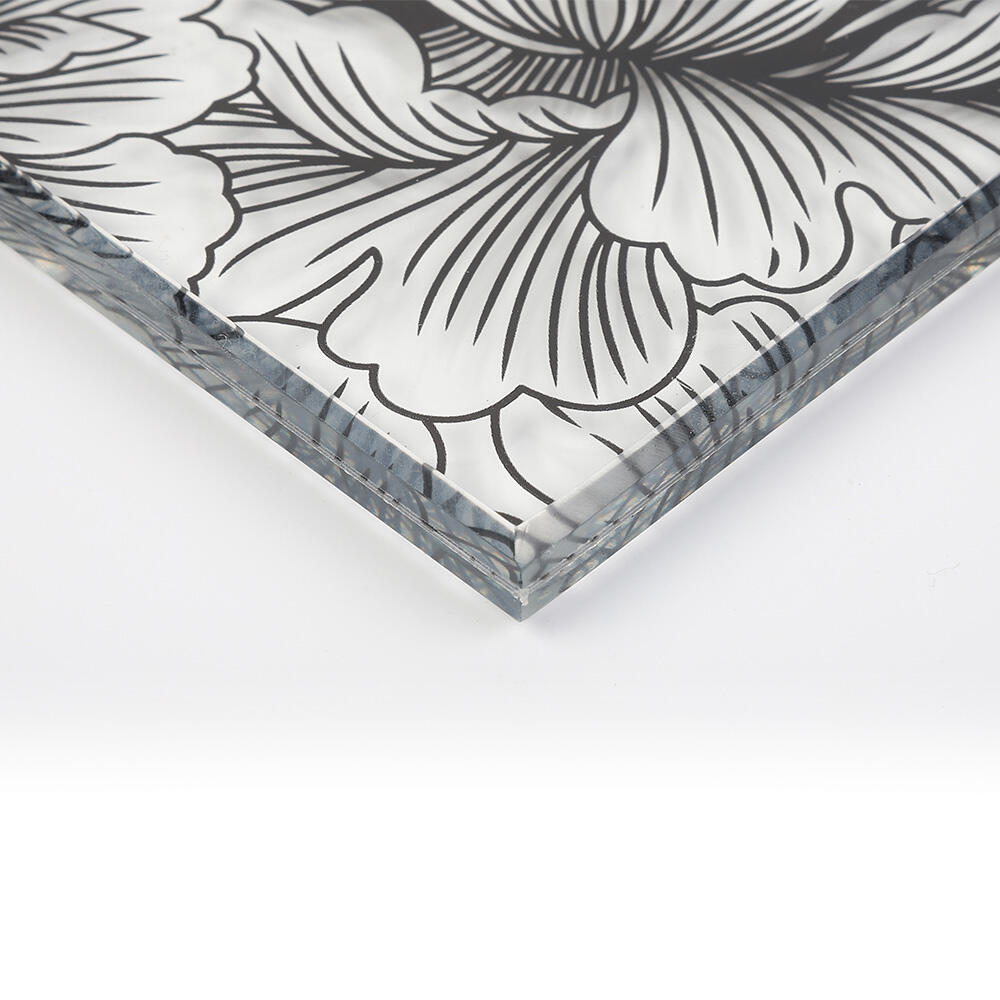
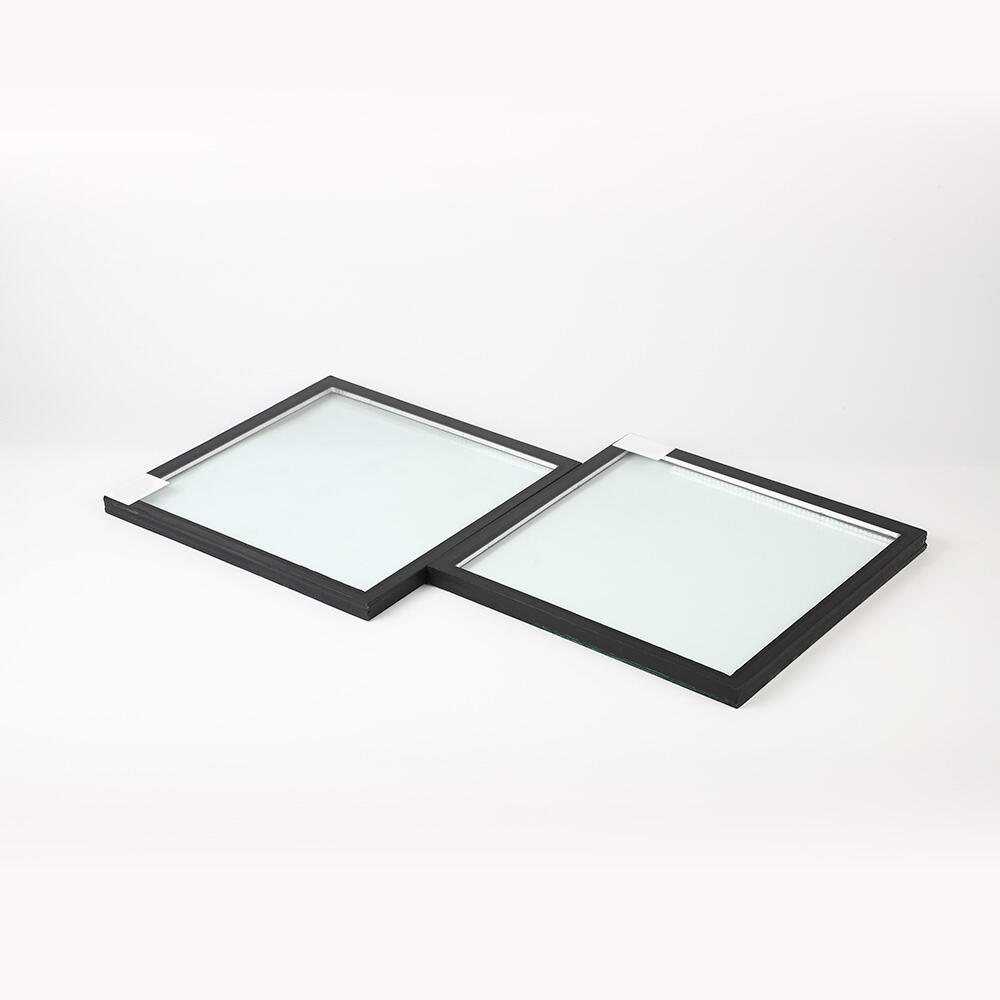
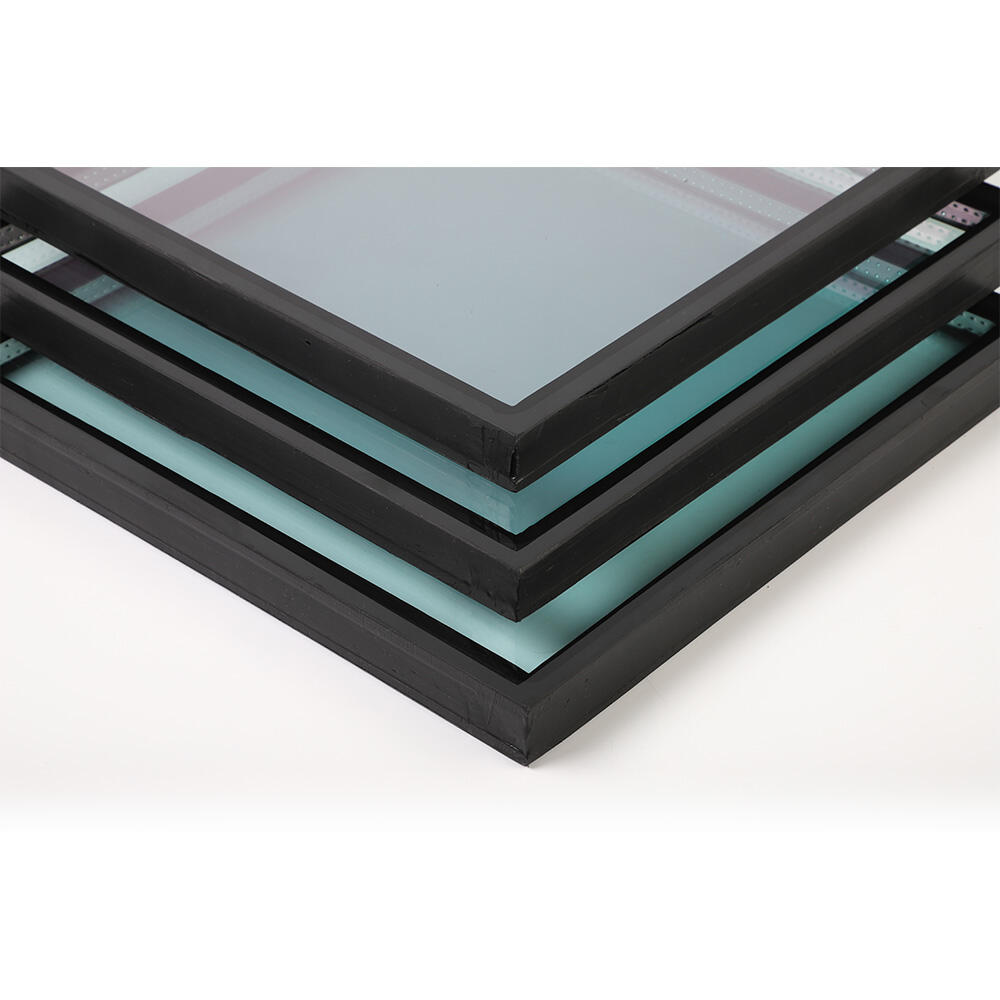
Why Choose Low-E Glass for Your Building?
Low-E glass installation in buildings tends to boost property values quite notably. The National Association of Realtors reports that properties with these energy efficient windows often command price premiums around 2 to 3 percent. Beyond just keeping indoor temperatures consistent, Low-E windows cut down on both heating bills and air conditioning expenses. For eco minded homebuyers looking at long term savings on utilities, this makes all the difference when deciding where to invest their money.
Low E glass makes window upkeep much simpler because of how it reflects stuff. The coating these windows have actually cuts down on dirt sticking around over months and years, so there's just no point in scrubbing them every week anymore. Regular glass tends to get all foggy inside during certain seasons, but Low E glass stops this condensation problem dead in its tracks. That means no more worrying about mold growing behind those pretty panes. Windows last longer when they stay cleaner, and people can enjoy what's outside without smudges getting in the way all year long. Maintenance becomes something that happens once in a while instead of constantly costing money and effort.
Conclusion: The Future of Sustainable Buildings with Low-E Glass
Low-E glass is pivotal in advancing energy-efficient and sustainable building practices. Its innovative properties contribute significantly to reducing energy consumption, thus supporting eco-friendly initiatives. As construction trends continue to emphasize sustainability, Low-E glass will likely play a crucial role in shaping the future of green architecture.
Recommended Products
Hot News
-
The Amazing Properties and Uses of Glass
2024-01-10
-
Production raw materials and processes of glass products
2024-01-10
-
Co-create the future! A delegation from Atlantic El Tope Hotel visited our company
2024-01-10
-
ZRGlas Shines at Sydney Build EXPO 2024, Innovative Products Spark High Interest Among Clients
2024-05-06
-
How Low-E Glass Can Cut Energy Costs and Boost Insulation
2024-09-18

 EN
EN
 AR
AR
 CS
CS
 DA
DA
 NL
NL
 FI
FI
 FR
FR
 DE
DE
 EL
EL
 IT
IT
 JA
JA
 KO
KO
 PL
PL
 PT
PT
 RU
RU
 ES
ES
 TL
TL
 IW
IW
 ID
ID
 SR
SR
 SL
SL
 UK
UK
 VI
VI
 HU
HU
 TH
TH
 TR
TR
 FA
FA
 AF
AF
 MS
MS
 UR
UR
 HA
HA
 LO
LO
 LA
LA
 MI
MI
 MN
MN
 TA
TA
 TE
TE
 MY
MY
 SI
SI
